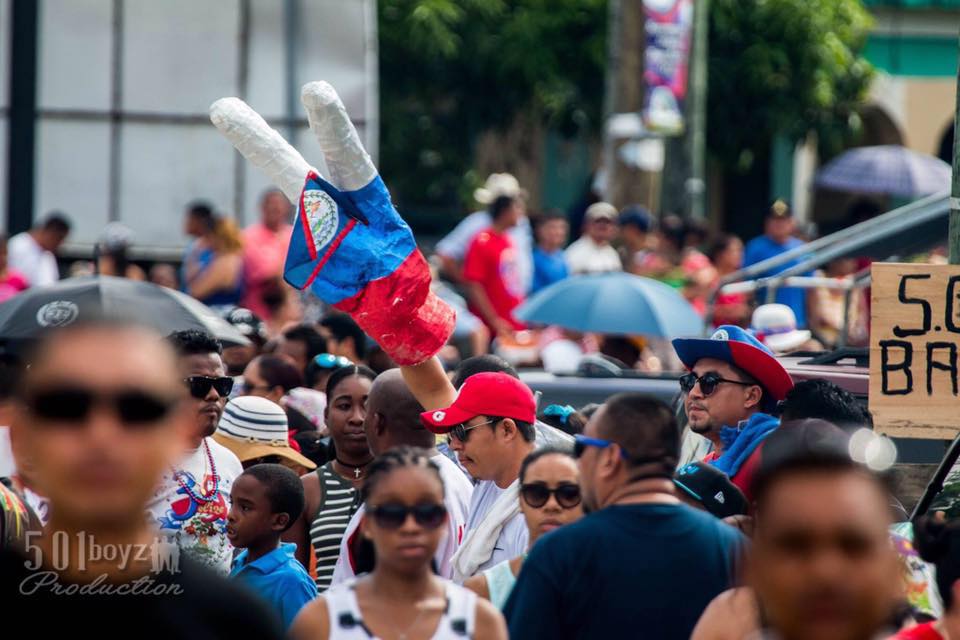Belize Tours & Adventures with Trained Jungle Guides
“We had a great day exploring with Pacz Tours.”
Rated 5 out of 5

Belize Tours & Adventures with Trained Jungle Guides
“We had a great day exploring with Pacz Tours.”

If you’ve ever asked yourself “Where is Belize located?” or wondered if this small Central American country is worth visiting — you’re not alone. Belize may be small in size, but it’s rich in history, culture, and natural beauty. Here’s what you need to know before you plan your trip.
👉 This unique location makes Belize both a Central American and a Caribbean nation, offering travelers the best of both worlds.
Belize’s small size hides an incredible variety of landscapes and experiences:
👉 Belize is one of the few places where you can explore an ancient Maya city in the morning and be snorkeling on the reef in the afternoon.
Because of its location in the Caribbean Basin, Belize experiences two main seasons:
👉 Because of Belize’s location, both seasons are great for adventure travel — it just depends on the type of experience you want.

Belize is a true melting pot of traditions:
Food highlights include rice and beans with stewed chicken, tamales, hudut (Garifuna coconut stew with mashed plantains), and fresh seafood.
Belize is generally safe for travelers, especially in tourist areas like San Ignacio, Placencia, Ambergris Caye, and Caye Caulker.
While Belize City is the entry point, San Ignacio in western Belize is the adventure capital of the country. From here, you can:
At Pacz Tours, we’ve been guiding travelers since 1996. We specialize in:
| Cookie | Duration | Description |
|---|---|---|
| cookielawinfo-checkbox-analytics | 11 months | This cookie is set by GDPR Cookie Consent plugin. The cookie is used to store the user consent for the cookies in the category "Analytics". |
| cookielawinfo-checkbox-functional | 11 months | The cookie is set by GDPR cookie consent to record the user consent for the cookies in the category "Functional". |
| cookielawinfo-checkbox-necessary | 11 months | This cookie is set by GDPR Cookie Consent plugin. The cookies is used to store the user consent for the cookies in the category "Necessary". |
| cookielawinfo-checkbox-others | 11 months | This cookie is set by GDPR Cookie Consent plugin. The cookie is used to store the user consent for the cookies in the category "Other. |
| cookielawinfo-checkbox-performance | 11 months | This cookie is set by GDPR Cookie Consent plugin. The cookie is used to store the user consent for the cookies in the category "Performance". |
| viewed_cookie_policy | 11 months | The cookie is set by the GDPR Cookie Consent plugin and is used to store whether or not user has consented to the use of cookies. It does not store any personal data. |